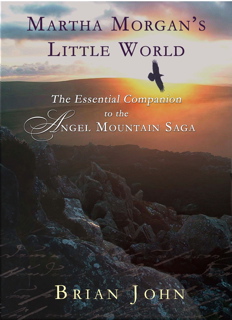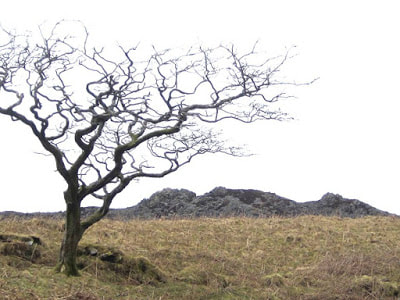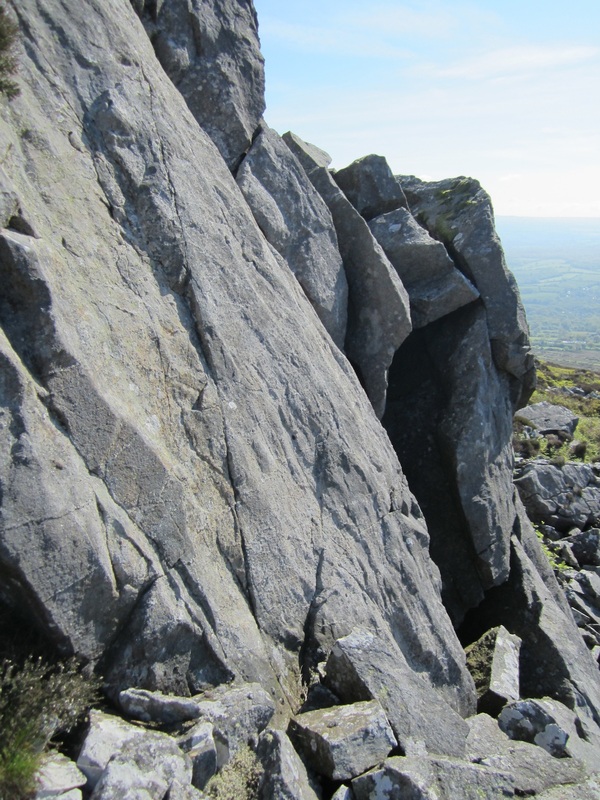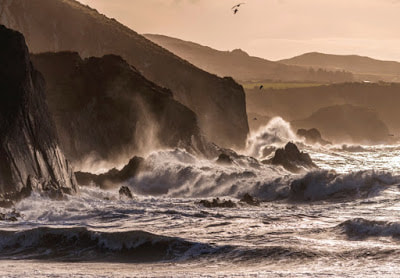About Martha
..........for better or for worse, Martha is a nineteenth-century version of super-woman. From the beginning she is very beautiful and very sexy, and as she blossoms into womanhood she gains a reputation as the most beautiful woman in Wales. Little wonder that many readers said, when they first encountered her, that Catherine Zeta Jones had to play her when the film came to be made! She is well educated, and has a very inquiring mind. She is a competent musician and a moderately talented artist. She speaks English, Welsh, French and Dimetian Welsh fluently. She reads widely, and is attracted to “subversive” or radical literature. Her liberal views frequently lead her into trouble, and it is quite natural that she should be concerned about the plight of slaves and convicts and all those who might be oppressed or victimized by the crown, the government, and impersonal institutions. She has concerns about voting reform and womens’ rights, and she sympathises with the Chartists -- at least until they start to split apart and lose control of extremist elements. She is immediately drawn to the Rebecca Rioters since she understands what their grievances are and sees (better than most of her peers) what happens to families struggling against poverty and disease. She is not particularly religious, but goes through the motions of being a worthy member of the established church and goes through life trying to be a “better person.” She flirts with Methodism for a while, and finds the devotion and kindness of the Non-conformists appealing. But at the same time she is irritated by their evangelical zeal and their unshakeable conviction that they are saved while others are condemned to hellfire and damnation. She is, as she admits now and then in the pages of her diaries, not averse to a little jolly sin now and then. She is also perfectly happy to shelter criminals, to drink smuggled gin, to tell lies, and to withhold her tithe payments in protest against the arrogance and insensitivity of the Church.
But Martha has a host of virtues too. She is brave, loyal to her husband and her family, and fiercely protective of those in her care once she is widowed and responsible for the safety of the Plas Ingli estate. She has enormous generosity of spirit, and makes spontaneous gestures of support when others might back off. Think about the welcome she gives to Patty the prostitute, or to Will the petty criminal, or to Zeke Tomos, who goes on to betray her. She often acts impulsively and on the basis of intuition and instinct. She makes huge self-sacrifices for the good of others. She puts herself in danger over and again, often because she is seeking to help those who do not necessarily deserve her assistance or her loyalty. For example, she plunges into the task of helping the sick and the dying during the cholera epidemic of 1797 without any thought for her own wellbeing. She goes to Ireland to help the starving during the Irish Potato Famine, and becomes seriously ill in the process. She sees beauty all around her, and takes an almost child-like pleasure in simple things -- such as standing on the mountain-top in the wind with her hair streaming behind her and her arms stretched out wide. She loves her children and her grand-children, and welcomes back Daisy, the black sheep of the family, when she returns after years of loose living in London. She fights to keep her family together when stresses and strains occur because of grief, or bankruptcy or other disasters. On those occasions she is a diplomat as well as a matriarch. In some ways she is also naive, and has a tendency to think well of others when suspicion might be more appropriate. But she trusts her family and her servants to look after her when she makes misjudgments, and indeed they do just that. She is a prudent and wise estate manager, and she knows how to inspire loyalty, give responsibility to others, and reward enterprise. She never stops learning, and wants others to learn and to better themselves -- to the extent that she becomes a great benefactor of the Circulating Schools. She is generous to a fault, and one of the ironies of the Saga is that having protected her precious treasure and left it in the ground as a “family insurance” for more than fifty years, she finally digs it up and gives most of it away. |
The Companion Volume
The many fans of Mistress Martha Morgan and the Angel Mountain novels will be delighted to know that there is a companion to the series and a guide to “Martha Morgan Country”.
Brian says that the book was written and produced in response to many requests from readers for background information on the people, places, social history, symbolism, and traditions featured in the stories. In addition to all of that, he included more personal material relating to the inspiration behind the stories, his writing process, and the practicalities of self-publishing historical fiction. There are also summaries of the Saga's publishing history, a selection of reviews, a section condensing all the story-lines, a full character list, and a list of all the diary entries in the first five novels. The author emphasises that this book is really intended for those who have already read all of the five novels and who have their own theories about what is what, why people behave as they do, what the links are between the stories, and what interpretations might be placed upon certain associations and events in the heroine's life. So it is a sort of reader's guide which might even be used as a study aid -- given that certain schools are now using the book in the context of Welsh literature. In a way, the author also sees the book as an attempt to remove some of the mystique that might be associated with the process of writing fiction, and he aims to set up a three-way dialogue between Mistress Martha, the author, and the reader. Isn't that over-ambitious? "Not really," says the author. "Martha has her say in all of the novels, given the diary format which I have employed. Sometimes her words need to be interpreted or analysed, since she is not always entirely honest in what she writes! Readers have given me a host of questions, and now here are my answers." The star of the new book, as indeed of all five of the novels, is Mistress Martha Morgan of Plas Ingli herself. "Of course this is an in-depth look at Mistress Martha and her world," Brian says. "But it is much more than that, since it is also an affectionate portrait of a very beautiful imagined -- and real -- landscape, incorporating more than a hundred colour photographs." The book is an A5 hardback, designed to sit alongside the novels of the Saga in the bookshelf. It also has a stunning jacket, designed by Brian's son Martin to provide a link between the Greencroft and Corgi editions of the novels. |
Symbolism
Stormy sea image: Tez Marsden
This is an extract from Martha Morgan's Little World
The Cave Martha’s cave (there is obvious sexual symbolism here) is her sanctuary and her altar. Caves are revered in many societies (such as the old Guanche society of the Canary Islands) as symbols of fertility, and are even associated with fertility rituals. Martha describes hers in some detail which decorum forbids me to repeat just now. But if you must, look at page 55 of the first novel! The cave is also, in a sense, the womb, her special place of darkness and peace, which is why she is so outraged, in On Angel Mountain, that Moses Lloyd has defiled it. It is the scene of her most terrifying physical ordeal, and the place where, somehow, she finds the superhuman strength needed to defeat and even kill her tormentor. For months and years after that, she cannot return to the cave, but at last (with Joseph’s help) she does find the strength, and thereafter it is restored to its proper sanctity. The only other people who ever find the cave are Daisy, who is led to it (by the angels of the mountain?) when she is lost, and Iestyn, at the climax of Dark Angel. He is also led to the cave by an angel, and this time the angel is Martha. At the end of Flying with Angels the cave becomes a tomb, for Martha decides that that is where the body of Amos Jones will be laid to rest. The menfolk from the Plas take his body there, in a slow funeral procession, and after placing him inside a big stone is rolled across the entrance. That is another obvious symbol! Martha says that she will never visit the place again, nor does she. |




